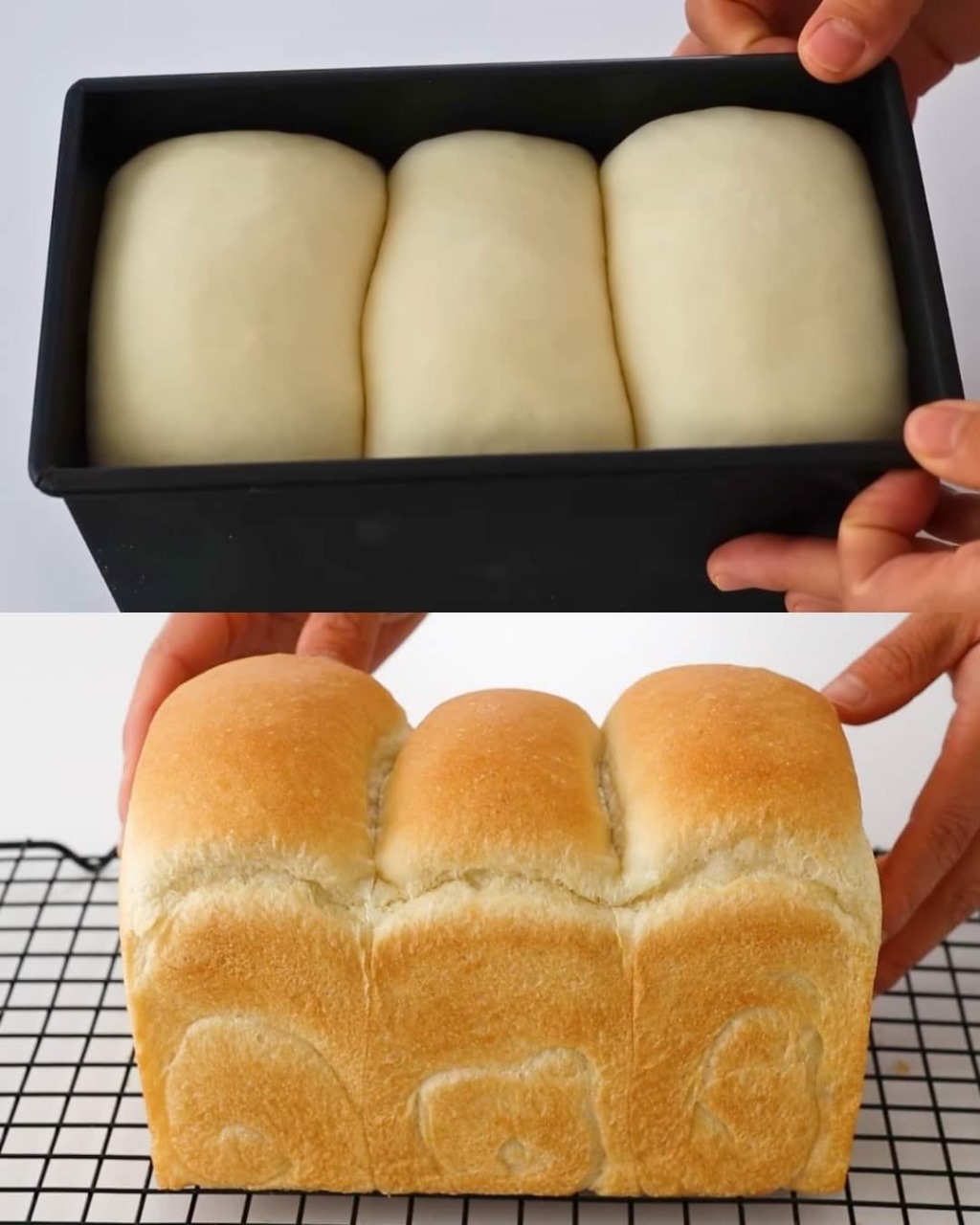Prepare the Wet Mixture:
In a large mixing bowl, combine 200 ml (0.85 cup) of water, 25 grams (2 tablespoons) of sugar, and 3 grams (1 teaspoon) of yeast. Mix well to dissolve the sugar and yeast.
Add Dry Ingredients and Form Dough:
Gradually add 300 grams (2 cups) of bread flour or wheat flour and 3 grams (1/2 teaspoon) of salt to the wet mixture. Mix until a dough forms.
Add Olive Oil and Combine:
Pour 20 grams (2 tablespoons) of olive oil into the dough. Use a spatula to stir and incorporate the oil into the dough until well mixed.
Initial Resting:
Cover the bowl with a clean kitchen towel or plastic wrap and let the dough rest for about 20 minutes.
Mix Dough Again:
After 20 minutes, mix the dough again until it becomes smooth. This will help develop the dough without the need for kneading.
First Rise (Proofing):
Cover the dough and let it rise in a warm place for about 1 hour, or until it doubles in size.
Prepare the Dough for Shaping:
Sprinkle some flour on a clean surface (like a silicone baking mat) to prevent sticking. Transfer the dough to the mat. Sprinkle more flour on top of the dough to prevent sticking, then deflate the dough and flatten it out.
Fold the Dough:
Fold the dough four times and then shape it into a round ball.
Divide and Shape:
Divide the dough into 3 equal portions. Round each portion by cupping your hands around the dough and rotating it on the surface to form a tight ball.
Rest the Dough:
Cover the dough balls with a towel and let them rest for about 15 minutes.
Shape Each Portion for the Mold:
Take each piece of dough, deflate it gently, and roll it out into a long strip.
Turn the dough over, fold both sides inward, and roll it out longer with a rolling pin.
Turn it over, press one side thinner, and roll it up from the thicker side. Pinch tightly at the end to seal.
Prepare for Second Proofing:
Place each shaped dough into the mold (450g mold size: 20.8×11.8×11 cm). Repeat with the remaining dough portions.
Second Rise (Proofing):
Cover the mold with a cloth and let the dough rise in a warm place for about 50 minutes or until it reaches 80%-90% of the mold’s height.
Bake the Bread:
Preheat your oven to 170°C (340°F). Bake the risen dough for about 25-30 minutes or until golden brown on top.
Cool and Serve:
Remove the bread from the oven and let it cool in the mold for a few minutes before transferring it to a wire rack to cool completely. Slice and enjoy fresh, soft homemade bread.
Important Tips:
Substitute Olive Oil:
Olive oil can be replaced with other types of cooking oil, such as sunflower oil, vegetable oil, or canola oil, depending on your preference.
Adjust Baking Time and Temperature:
Every oven behaves differently, so adjust the baking temperature and time according to your oven and mold size. Watch the bread closely towards the end of baking to prevent over-baking.
Serving Suggestions:
This bread can be eaten on its own or sliced for sandwiches, toasts, or breakfast with spreads like butter, jam, or avocado.
Storage Tips:
Room Temperature: Store the bread in a sealed bag or container at room temperature for up to 3 days.
Freezer: You can freeze the bread by wrapping it in plastic wrap and placing it in a freezer-safe bag for up to 3 months. Thaw and reheat as needed.
Reasons to Love This Recipe:
No Kneading Required: Super easy with minimal effort.
No Eggs or Butter: Perfect for those with dietary restrictions.
Soft and Fluffy: The bread has a perfect texture for sandwiches or toast.
Cost-Effective: Uses basic pantry ingredients.
Conclusion:
This no-knead, no-egg, no-butter bread recipe is perfect for anyone looking for an easy and affordable homemade bread option. With its soft texture and delightful flavor, you’ll never want to buy bread again. Give it a try, and enjoy the delicious aroma of freshly baked bread filling your kitchen!
Frequently Asked Questions:
Can I use whole wheat flour instead of bread flour?
Yes, but the texture may be denser. You might need to add more water to the dough to adjust for the extra absorption.
What can I use instead of sugar?
You can use honey, maple syrup, or any sweetener of your choice. However, it may slightly affect the dough’s texture and rise.
Can I make this bread gluten-free?
Yes, you can use gluten-free flour, but the texture will differ. Ensure the gluten-free flour blend has a binding agent like xanthan gum.
What is the purpose of the second rise?
The second rise allows the dough to develop more flavor and a finer crumb structure, leading to softer bread.
How do I store the bread to keep it fresh longer?
Store it in an airtight container at room temperature. If you live in a humid area, consider refrigerating it.
Can I add herbs or seeds to this bread?
Yes! Add your favorite herbs, seeds, or nuts to the dough for added flavor and texture.
How do I know when the bread is done baking?
Tap the bottom of the bread; it should sound hollow. You can also check the internal temperature with a thermometer, which should be around 93°C (200°F).
Can I use instant yeast instead of active dry yeast?
Yes, but reduce the quantity to about 2 grams (3/4 tsp).
Can I make this bread in a different mold?
Absolutely! Adjust the baking time according to the size and shape of the mold used.
Why is my bread dense and not fluffy?
It could be due to under-proofing, over-proofing, or incorrect flour-to-water ratio. Ensure your dough is smooth and elastic before baking.

